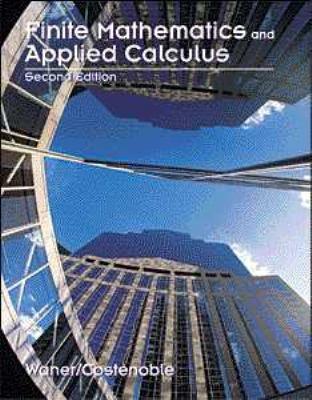Question
A particle's position with respect to time as it moves along a coordinate axis is given by a cubic function, p(t) = t + 5t
A particle's position with respect to time as it moves along a coordinate axis is given by a cubic function, p(t) = t + 5t + 4t + 3
The position = p(t) = t3+ 5t2+ 4t + 3
To find the velocity, get the derivative of the position which is
velocity: p'(t) = 3t2+ 10t + 4
To find the acceleration, find the derivative of the velocity, which is
Acceleration: p"(t) = 6t + 10
If the particle's acceleration at time t = 3 then we plug in -3 into what we have for the acceleration to get the following:
p(t) = 6t+10 = p(-3)= 6(-3)+10 = -8
HOWEVER!! ..Here is my question: If our equation would have been 3(t^3 + 16t^2 + 4t - 26) instead, would this significantly affect the derivative? What rule do you have to follow now to take the derivative?
How would I solve this?
Step by Step Solution
There are 3 Steps involved in it
Step: 1

Get Instant Access to Expert-Tailored Solutions
See step-by-step solutions with expert insights and AI powered tools for academic success
Step: 2

Step: 3

Ace Your Homework with AI
Get the answers you need in no time with our AI-driven, step-by-step assistance
Get Started


